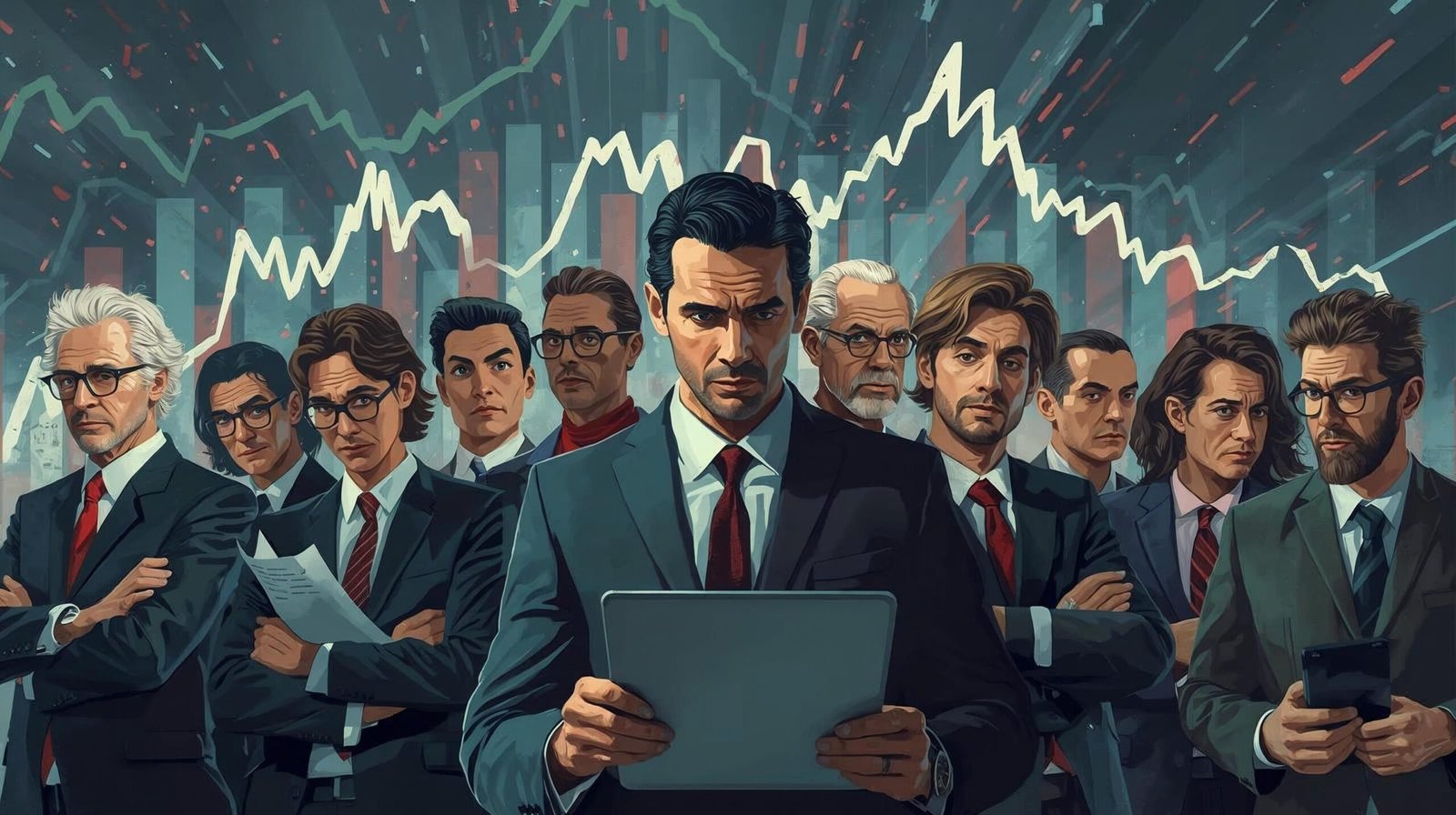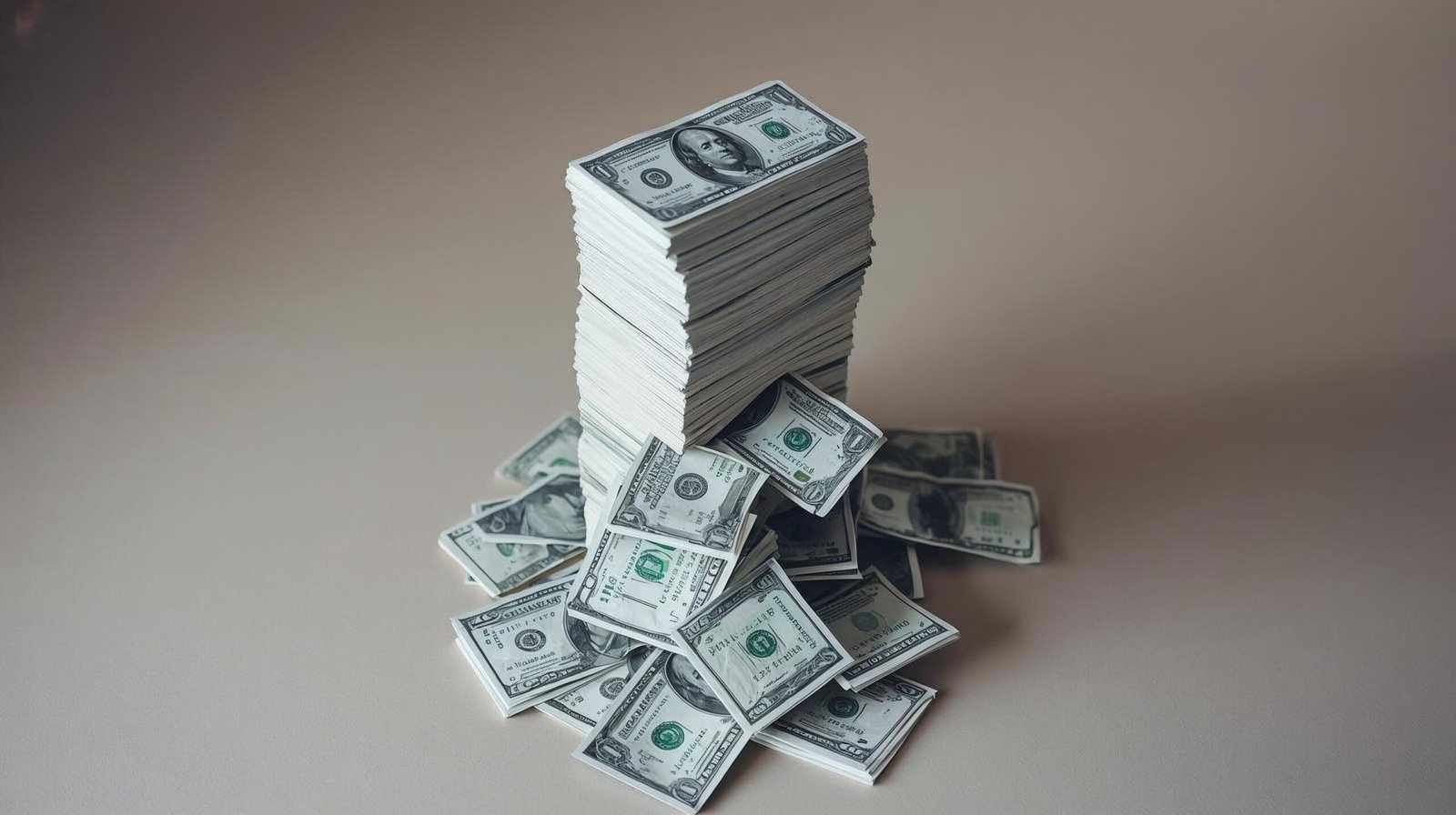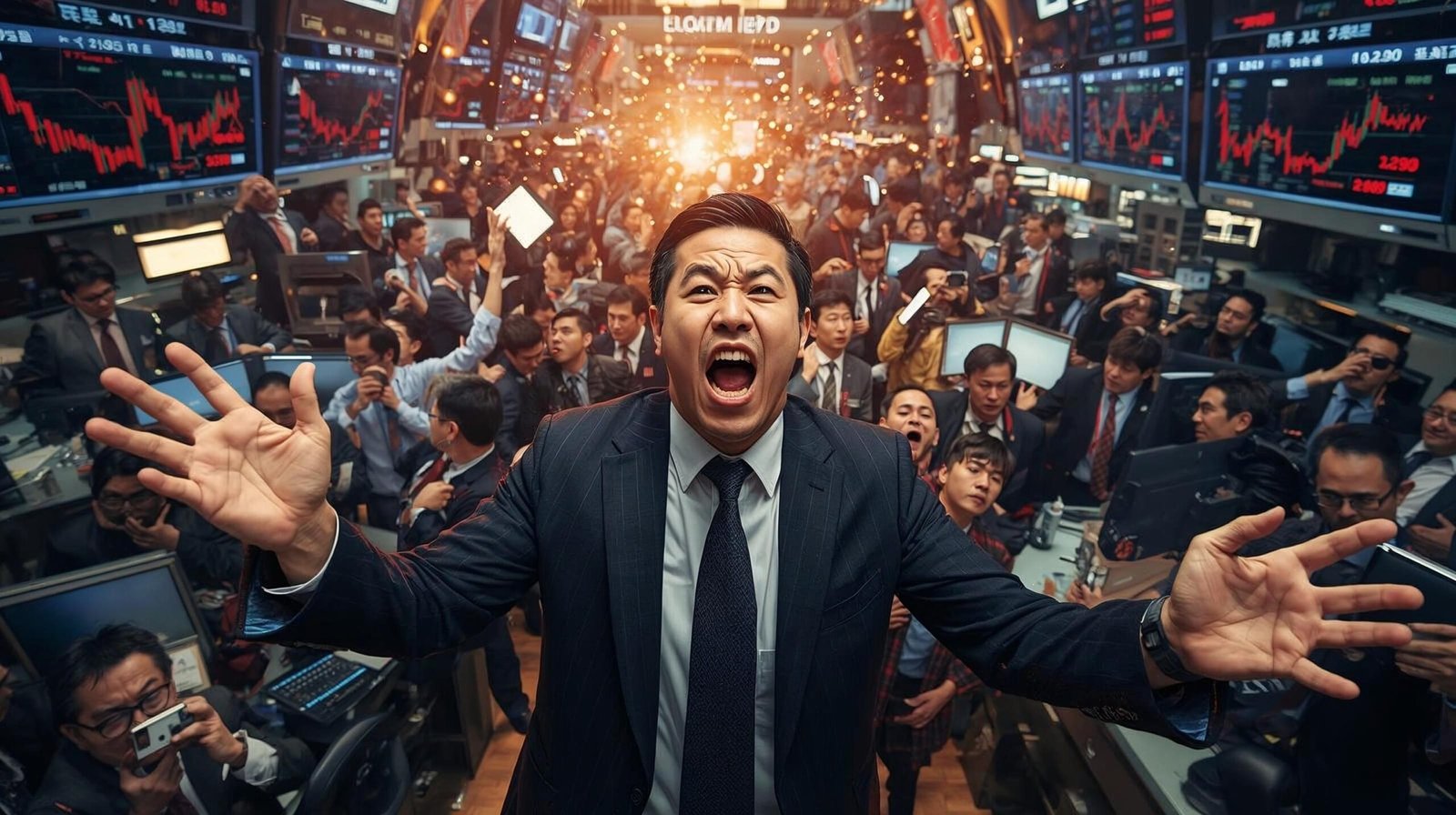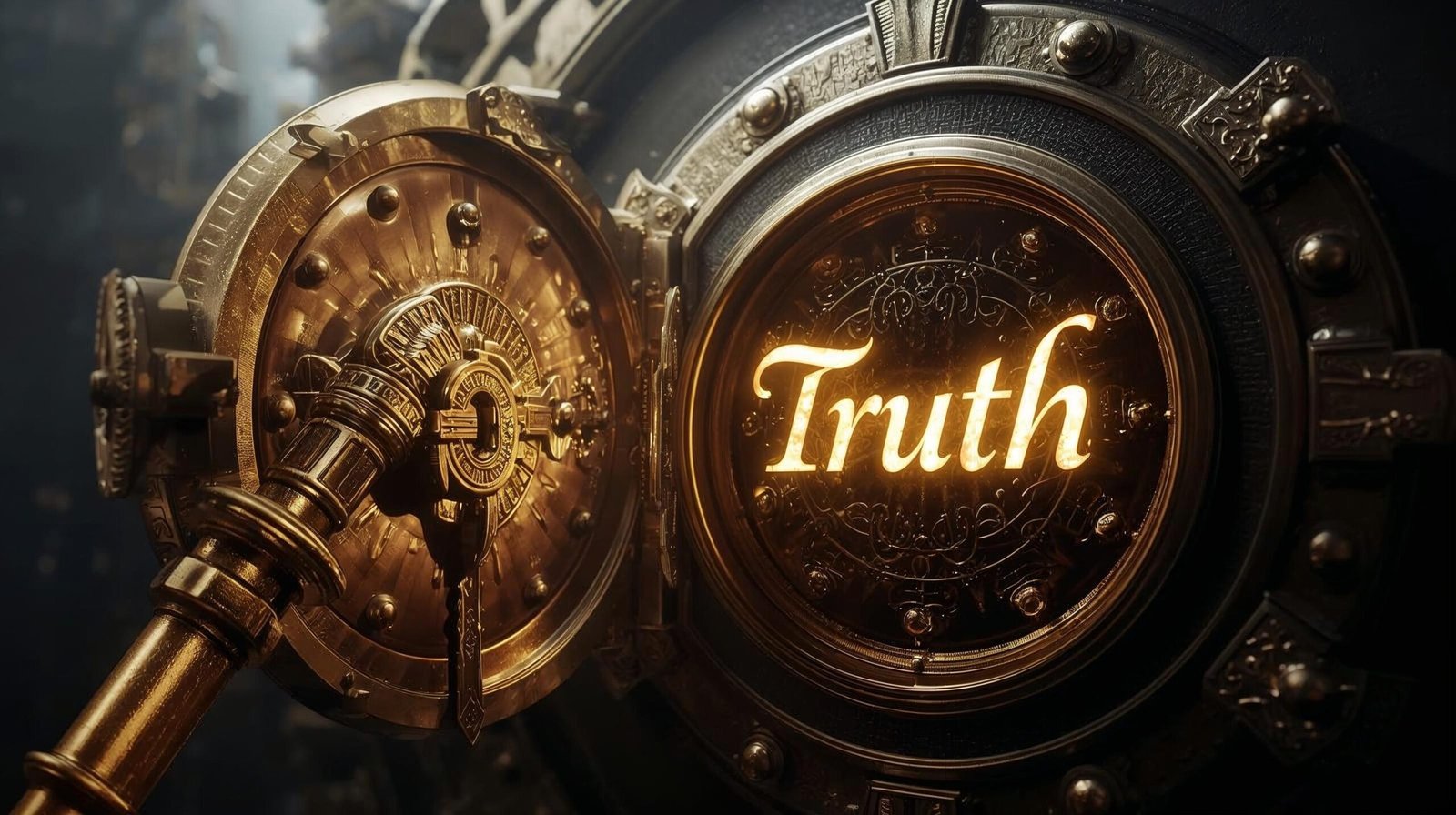The Big Short Book Summary: 11 Shocking Lessons That Will Change How You See Wall Street
The financial world is often seen as an intimidating arena of numbers, jargon, and complex instruments. Yet, Michael Lewis, through his masterpiece The Big Short, transformed a dry financial crisis into a gripping narrative filled with real human decisions, errors, and consequences. This the big short book summary aims to walk you through the heart of the 2008 financial meltdown, the audacity of Wall Street, and the bravery of a few outsiders who dared to question the system.
In this long-form review, you will discover why the book is a timeless reminder of unchecked greed, misplaced confidence, and the thin line between brilliance and recklessness. By exploring the the big short book summary, we shall delve deep into the chapters, lessons, and warnings embedded in Lewis’s work.

Introduction to The Big Short
Michael Lewis is renowned for bringing clarity to the obscure. In The Big Short, he unveils how a handful of eccentric yet sharp investors saw what the rest of the world could not: the coming collapse of the housing market. The book, later adapted into an Oscar-winning film, goes beyond entertainment; it reveals the systemic flaws of Wall Street, the indifference of regulators, and the arrogance of big banks.
The the big short book summary is not simply about finance—it is about human nature. It highlights the ignorance of the masses, the hubris of the financial elite, and the sharp eye of those who refused to follow the crowd.
1. How the Housing Market Became a Bubble
At the heart of the 2008 crisis was the housing bubble. Banks and mortgage companies provided loans to individuals who could never realistically repay them. These loans were then bundled into financial products called mortgage-backed securities (MBS).
Through the the big short book summary, we learn that this packaging disguised risk, turning rotten mortgages into seemingly safe investments. Everyone believed the housing market could never fail—until it did.
2. The Rise of Credit Default Swaps
Another crucial lesson in the the big short book summary is the role of credit default swaps (CDS). These instruments were essentially insurance policies against mortgage defaults. While they were meant to manage risk, Wall Street turned them into profit machines.
For the few outsiders like Dr. Michael Burry, Steve Eisman, and Charlie Ledley, these swaps became a golden opportunity. They bet against the housing market while the rest of the financial world laughed at them.
3. Meet the Outsiders Who Saw It Coming
The the big short book summary introduces us to unconventional characters:
-
Michael Burry: A one-eyed doctor turned hedge fund manager who studied mortgage data with obsessive detail.
-
Steve Eisman: An outspoken fund manager who despised the arrogance of Wall Street.
-
Charlie Ledley and Jamie Mai: Two underdogs running a small investment firm from a garage.
Their eccentricity, combined with intellectual courage, made them misfits in finance—but ultimately, they were right.
4. Greed and Ignorance on Wall Street
If there is one recurring theme in the the big short book summary, it is greed. Banks knew these securities were flawed, yet they kept selling them. Rating agencies stamped them with “AAA” approvals, not out of ignorance, but because their profits depended on keeping clients happy.
Lewis demonstrates how the combination of greed and willful blindness set the stage for a disaster.
5. The Collapse of Trust
The the big short book summary also shows how trust evaporated in the financial system. When defaults began to rise, the securities once considered golden turned toxic. Confidence among banks crumbled. Institutions that were “too big to fail” suddenly teetered on the edge of bankruptcy.
This erosion of trust was not just between banks but also between the public and the financial system at large.

6. The Role of the U.S. Government
The government and regulators were not innocent bystanders. The the big short book summary highlights how agencies like the SEC ignored warnings, while policymakers believed in self-regulation. When the collapse finally arrived, taxpayers bore the cost of bailouts.
The lesson here is grim: when powerful institutions fail, ordinary citizens often pay the price.
7. Lessons on Human Nature
Perhaps the most compelling aspect of the the big short book summary is what it reveals about human behavior. Most investors did not question the consensus. The majority followed the crowd, believing in endless growth. Only a rare few asked difficult questions, studied the numbers, and dared to be contrarian.
This reflects a broader truth: human beings often prefer comfort over confrontation, even when evidence points to disaster.
8. How Michael Lewis Tells the Story
Beyond the facts, the strength of The Big Short lies in Lewis’s storytelling. The the big short book summary demonstrates how he uses wit, character-driven narratives, and a fast-paced style to turn complex finance into an engaging thriller.
He humanizes the crisis by showing us quirky individuals rather than abstract institutions. This makes the lessons both relatable and unforgettable.
9. Lessons for Today’s Investors
The the big short book summary remains highly relevant. Markets may have changed, but human greed and short-sightedness persist. Some lessons include:
-
Always question the mainstream narrative.
-
Study data deeply rather than relying on expert opinions.
-
Beware of financial innovations that promise endless profits.
-
Crises often arise from hidden risks masked as stability.
10. Why the Book Still Matters
Even after more than a decade, the the big short book summary continues to resonate. Financial systems evolve, but vulnerabilities remain. Cryptocurrencies, fintech, and artificial intelligence may represent new frontiers, but they too can carry hidden risks if unchecked.
Lewis’s narrative warns us: history does not repeat itself exactly, but it often rhymes.
11. The Emotional Impact
Finally, the the big short book summary does more than inform; it provokes outrage. Readers are left stunned by the scale of deception and the lack of accountability. But it also inspires admiration for the few who saw through the illusion and stood firm in their convictions.

A Deeper Look into the Crisis Behind The Big Short
To truly appreciate the magnitude of the events captured in The Big Short, one must understand the financial environment that enabled such a crisis. By the early 2000s, home ownership had become deeply tied to the American dream. Politicians encouraged lending, banks found creative ways to expand it, and investors clamored for profits.
In reality, what unfolded was not a tale of prosperity, but of reckless optimism. Mortgages were handed out not just to qualified borrowers but also to those with no realistic chance of repayment. Known as subprime mortgages, these loans became the tinder that fueled the collapse.
The the big short book summary exposes how, beneath the illusion of stability, a fragile house of cards had been constructed. What seemed like steady growth was, in truth, an inflated bubble waiting for a spark.
Chapter-by-Chapter Insights from The Big Short
While the book is not divided into rigid “lessons,” readers can extract rich meaning from its unfolding narrative. Let’s walk through the chapters with a sharper lens.
Chapter 1: The Outsiders Appear
Here, we encounter Michael Burry, a character who epitomizes intellectual courage. His obsessive reading of mortgage documents revealed patterns others ignored. Unlike Wall Street analysts, he dug into the fine print and saw rising default risks.
Chapter 2: The Ignored Warnings
Burry’s predictions were not celebrated—they were mocked. This reflects a painful truth about human nature: visionaries often face ridicule before recognition. The the big short book summary underscores how resistance to uncomfortable truths can blind even experts.
Chapter 3: Betting Against the System
Steve Eisman and others joined the movement to “short” the housing market. Their boldness, however, did not come without personal and professional costs. They faced skepticism from clients, ridicule from competitors, and pressure from within their own firms.
Chapter 4: Wall Street’s Party
As outsiders prepared for collapse, big banks continued their reckless celebrations. They issued loans indiscriminately, packaged them into securities, and sold them globally. This chapter is a reminder that profit often overshadows prudence in financial markets.
Chapter 5: The Cracks Appear
When mortgage defaults began rising, alarm bells should have sounded. Yet, rating agencies remained complicit, keeping securities at “AAA.” This delayed recognition worsened the eventual fallout.
Chapter 6: Collapse and Consequences
Finally, the bubble burst. Institutions like Lehman Brothers crumbled, governments rushed to bailouts, and millions lost their homes. The world woke up to the fragility of systems built on greed.
By carefully weaving these chapters, the the big short book summary teaches us that crises rarely arrive overnight. They are slow-burning fires that eventually engulf entire structures when ignored.
Beyond Numbers: The Human Side of the Story
One reason The Big Short resonates deeply is its attention to human stories. Families losing homes, workers losing jobs, and communities collapsing remind us that finance is not abstract—it affects real lives.
Lewis skillfully shows that behind every toxic security lay a family struggling to pay its mortgage. Behind every bailout lay a society asked to bear the cost of elite mismanagement.
The the big short book summary highlights not just market dynamics but also moral questions: How much responsibility do institutions bear for exploiting ordinary people? And why did so few insiders step forward to stop the madness?
Modern Relevance: Lessons for Today’s Economy
Some might believe that the 2008 crisis was unique. Yet, the the big short book summary urges readers to see patterns that repeat across history. Today, risks appear in different forms:
-
Cryptocurrency bubbles that promise endless wealth but often collapse overnight.
-
Fintech lending platforms that extend easy credit with little oversight.
-
Artificial intelligence in trading that magnifies risks at lightning speed.
While technologies evolve, the underlying drivers remain the same: human greed, blind optimism, and the failure to question assumptions.

Leadership Lessons from The Big Short
Interestingly, the book is not just for finance enthusiasts. Business leaders, entrepreneurs, and students can extract timeless wisdom:
-
Think Independently – Burry’s success stemmed from questioning consensus. Leaders must cultivate the courage to think differently.
-
Do the Hard Work – Reading thousands of pages of mortgage documents may sound dull, but diligence often separates winners from losers.
-
Stay Ethical – Eisman’s disgust for Wall Street’s deception shows the importance of integrity, even in profit-driven industries.
-
Prepare for Crisis – The book illustrates that resilience is built by anticipating risks, not denying them.
For any reader seeking not just financial insight but personal growth, the the big short book summary provides profound guidance.
Why Michael Lewis’s Work Stands Apart
Many authors have chronicled the financial crisis, but Lewis’s brilliance lies in his narrative craft. He does not bombard readers with incomprehensible statistics. Instead, he simplifies without diluting meaning, weaving finance into a story as gripping as any novel.
This makes the the big short book summary a resource not just for financial professionals but also for anyone interested in human behavior, organizational flaws, or the psychology of risk.
Wider Ethical Implications
The collapse was not merely a financial event—it was a moral one. The book raises uncomfortable but essential questions:
-
Why did regulators remain silent while warning signs were obvious?
-
How could institutions knowingly sell toxic securities?
-
Why did ordinary people suffer while executives escaped with bonuses?
The the big short book summary reminds us that without accountability, history may repeat itself. Ethics cannot remain separate from economics.
Reader Reflections: Why You Should Care
Some readers might wonder: “Why should I, as a non-finance person, read about this?” The answer is simple: the story is not just about Wall Street; it is about society itself. Every economy is shaped by decisions at the top, yet the consequences trickle down to the everyday person.
Whether you are a student, a business owner, or simply a curious mind, the the big short book summary equips you with a sharper lens to view the world. It encourages you to ask questions, resist complacency, and guard against blind trust in institutions.
Lessons That Will Echo Through Time
The 2008 crisis may be in the past, but its lessons endure:
-
Complexity does not equal safety. Sometimes the most complicated financial products are designed to hide risk, not reduce it.
-
Conventional wisdom can be dangerous. When everyone says something is “safe,” it may be precisely the time to be cautious.
-
Accountability matters. Without consequences, cycles of greed will repeat endlessly.
The the big short book summary compels us to remember that vigilance is the price of stability.

Additional Reflection
When we examine events like the financial crisis, we are reminded that human decisions shape history far more than abstract numbers. Every contract signed, every risk overlooked, and every dollar mismanaged contributes to outcomes that touch millions of lives. Books such as The Big Short carry value because they do not merely inform; they compel us to question the systems we live within. By reading and reflecting, individuals gain the strength to challenge conventional wisdom, build resilience against uncertainty, and approach their financial choices with clarity. In the end, knowledge is not only power—it is protection, a safeguard against repeating the same costly mistakes of the past.
FAQs about The Big Short Book Summary
Q1. What is the main theme of The Big Short?
The main theme of the the big short book summary is how greed, ignorance, and systemic flaws led to the 2008 financial crisis, while a few outsiders recognized the warning signs and profited.
Q2. Who are the key characters in The Big Short?
The the big short book summary highlights Michael Burry, Steve Eisman, Charlie Ledley, and Jamie Mai as central figures who foresaw the collapse.
Q3. Why should I read The Big Short today?
Reading the the big short book summary helps you understand financial systems, human behavior, and how crises emerge when greed overshadows responsibility.
Q4. Is The Big Short only for people in finance?
Not at all. The the big short book summary is written in an engaging way that makes complex financial concepts understandable for all readers.
Q5. What lessons can investors learn from The Big Short?
The the big short book summary teaches the importance of questioning popular beliefs, analyzing data independently, and preparing for risks hidden beneath optimism.
Conclusion
Michael Lewis’s The Big Short is more than a financial tale—it is a mirror reflecting human folly and resilience. The the big short book summary reveals how a few individuals, armed with courage and intellect, challenged an entire system.
For readers, it is not merely a historical account but a warning for the future: unchecked greed and blind faith in institutions can devastate lives. By learning from this story, we can cultivate sharper judgment, deeper skepticism, and stronger resilience.
At shubhanshuinsights.com, we believe that great books like The Big Short empower readers to see beyond appearances and grasp deeper truths. May this the big short book summary inspire you to question, to think critically, and to prepare wisely for the uncertain tides of life and finance.